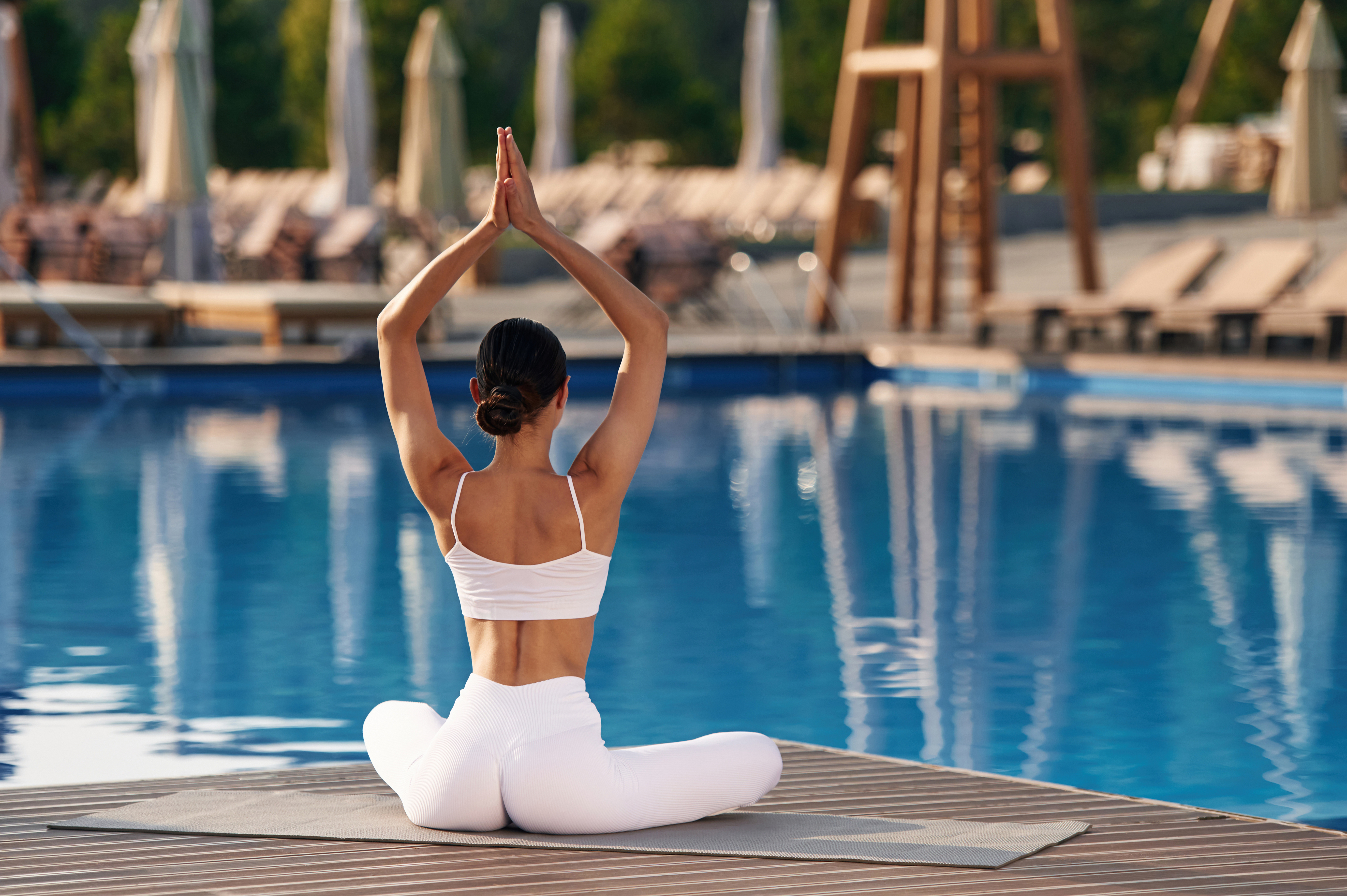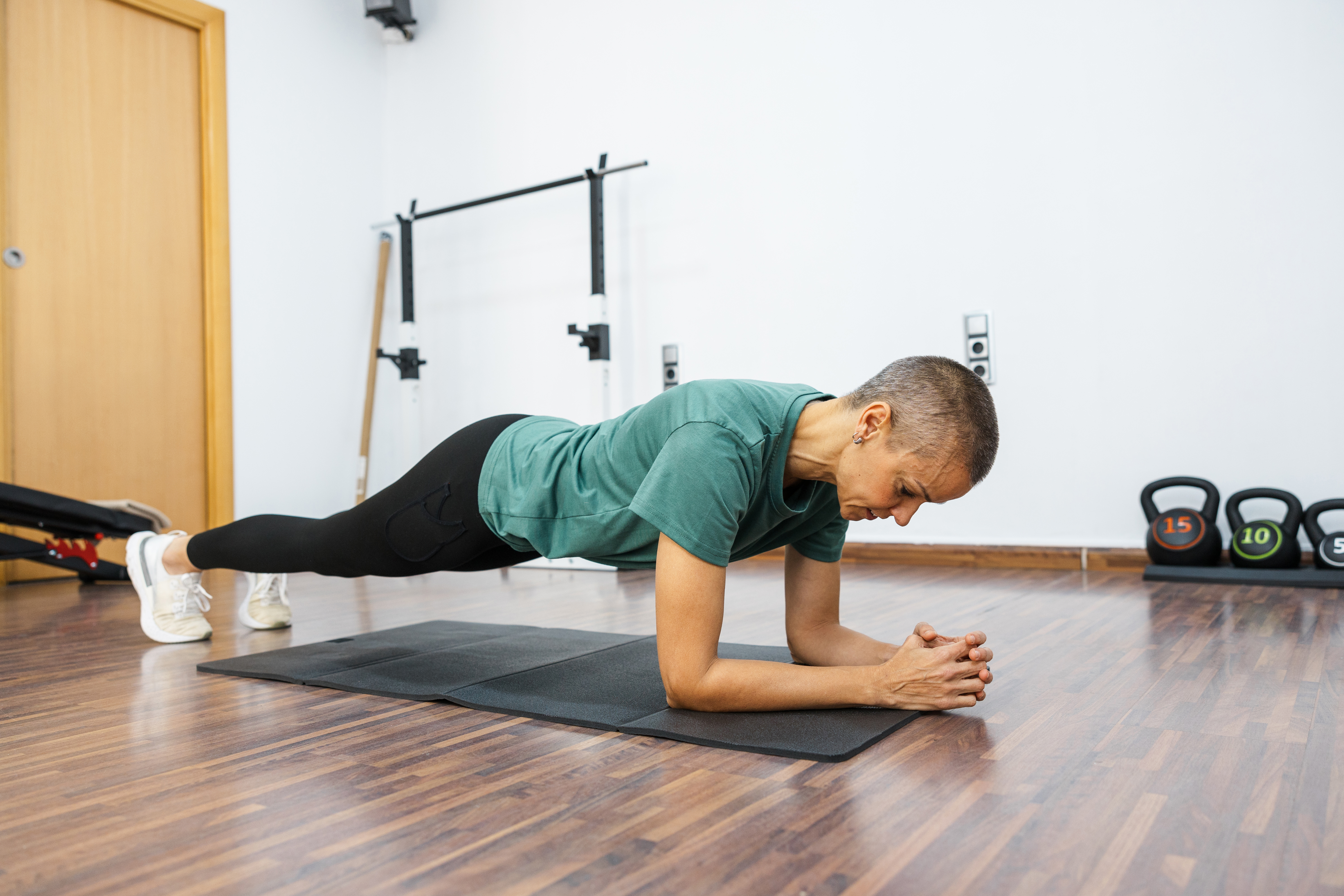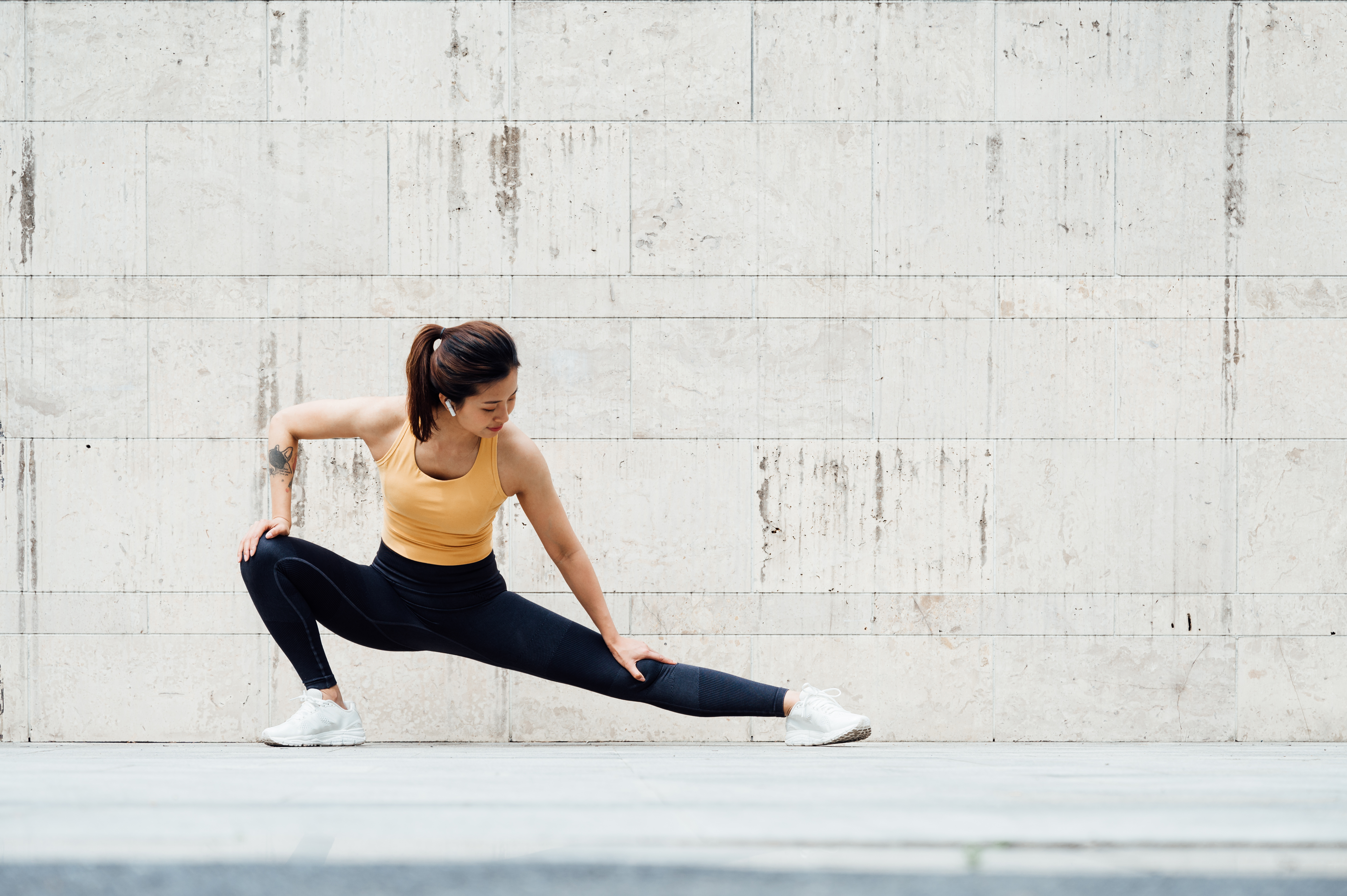10 Simple Posture Hacks to Reduce Chronic Pain and Fatigue
In today's fast-paced world, chronic pain and fatigue have become common companions for many. These ailments are often attributed to various factors such as stress, lifestyle choices, and underlying health conditions. However, one critical aspect that is frequently overlooked is posture. The way we hold our bodies while standing, sitting, or even lying down can significantly impact our physical well-being. Poor posture can lead to muscle strain, joint pain, and decreased energy levels. Conversely, maintaining proper posture can alleviate these issues, transforming discomfort into comfort and fatigue into vitality. This article will explore 10 essential posture hacks that can revolutionize how you feel daily, offering simple yet effective strategies to enhance your quality of life. By understanding the connection between posture and health, you can take proactive steps to improve your overall well-being.
1. Understanding the Anatomy of Posture

To effectively improve posture, it's essential to understand the anatomy involved. The human body is an intricate network of muscles, bones, and connective tissues designed to work in harmony. The spine, composed of vertebrae stacked in a gentle S-curve, plays a central role in maintaining posture. This natural curvature helps distribute weight evenly and absorbs shock during movement. Muscles such as the core, back, and neck support the spine, ensuring stability and balance. When these muscles are weak or imbalanced, it can lead to poor posture, resulting in pain and fatigue. By strengthening and aligning these muscles, you can enhance your posture and promote a healthier, more energetic lifestyle. Understanding the anatomy of posture is the first step towards making informed changes that can have a profound impact on your well-being.
2. The Role of Ergonomics in Posture

Ergonomics, the science of designing environments to fit the human body's needs, plays a crucial role in maintaining good posture. In our modern world, many people spend long hours at desks, often leading to slouched shoulders and strained necks. Ergonomic solutions, such as adjustable chairs, desks, and computer monitors, can help alleviate these issues. By setting up your workspace to support natural body alignment, you can reduce the risk of developing musculoskeletal problems. For instance, positioning your computer screen at eye level and keeping your feet flat on the floor can prevent neck and back strain. Incorporating ergonomic principles into your daily life can make a significant difference in your posture, reducing pain and boosting energy levels. By prioritizing ergonomics, you create an environment that supports your body's natural posture, promoting comfort and efficiency.
3. The Importance of Core Strength

Core strength is a fundamental aspect of maintaining good posture. The core muscles, including the abdominals, obliques, and lower back, provide stability and support for the entire body. A strong core helps maintain proper spinal alignment, reducing the likelihood of slouching or leaning forward. Engaging in regular core-strengthening exercises, such as planks, bridges, and Pilates, can enhance your posture and overall physical health. These exercises not only improve core strength but also promote balance and coordination. A strong core acts as a foundation for all movement, allowing you to move with ease and confidence. By focusing on core strength, you can transform chronic pain and fatigue into energy and comfort, empowering you to live a more active and fulfilling life.
4. The Connection Between Posture and Breathing

Posture and breathing are intricately linked, with each influencing the other. Poor posture, such as slouching or hunching, can compress the diaphragm and restrict lung capacity, leading to shallow breathing. This can result in decreased oxygen intake, contributing to fatigue and reduced energy levels. Conversely, maintaining an upright posture allows for full lung expansion, promoting deep, efficient breathing. Practicing mindful breathing exercises, such as diaphragmatic breathing, can enhance your posture and increase oxygen flow to the body and brain. By focusing on your breath and posture simultaneously, you can boost your energy levels, improve concentration, and reduce stress. Understanding the connection between posture and breathing is essential for achieving a state of comfort and vitality.
5. The Impact of Footwear on Posture

Footwear plays a significant role in influencing posture and overall body alignment. Wearing shoes that lack proper support, such as high heels or flat-soled shoes, can lead to imbalances in the feet, ankles, and legs, affecting posture. Over time, this can result in pain and discomfort in the lower back, hips, and knees. Choosing footwear that offers adequate arch support and cushioning can help maintain proper alignment and reduce strain on the body. Additionally, practicing exercises that strengthen the feet and ankles can further enhance posture. By paying attention to your footwear choices and foot health, you can create a solid foundation for improved posture and reduced pain. Investing in supportive footwear is a simple yet effective way to transform chronic discomfort into lasting comfort.
6. The Benefits of Stretching and Flexibility

Flexibility and stretching are vital components of maintaining good posture and preventing chronic pain. Tight muscles, particularly in the hips, shoulders, and back, can restrict movement and lead to poor posture. Incorporating regular stretching routines into your daily life can help release tension and improve flexibility, promoting better alignment and posture. Practices such as yoga and tai chi offer gentle stretching exercises that enhance flexibility while also promoting relaxation and mindfulness. By dedicating time to stretch and improve flexibility, you can alleviate muscle tension, reduce the risk of injury, and enhance your overall posture. Embracing stretching as a daily habit can transform fatigue into energy, allowing you to move with greater ease and confidence.
7. Posture and Mental Health: A Two-Way Street

The relationship between posture and mental health is a two-way street, with each influencing the other. Poor posture can contribute to feelings of stress, anxiety, and depression, while mental health challenges can manifest in physical tension and poor posture. Practicing good posture can have a positive impact on mental well-being, promoting feelings of confidence and reducing stress. Mindfulness practices, such as meditation and body awareness exercises, can help you become more attuned to your posture and its effects on your mental state. By cultivating a mindful approach to posture, you can enhance your mental health, transforming fatigue and discomfort into energy and comfort. Understanding the connection between posture and mental health empowers you to take proactive steps towards a more balanced and fulfilling life.
8. The Role of Nutrition in Supporting Posture

Nutrition plays a crucial role in supporting posture and overall musculoskeletal health. A diet rich in essential nutrients, such as calcium, vitamin D, and magnesium, supports bone health and muscle function. These nutrients help maintain strong bones and flexible muscles, reducing the risk of posture-related issues. Additionally, staying hydrated is essential for maintaining joint lubrication and muscle elasticity. Incorporating anti-inflammatory foods, such as fruits, vegetables, and omega-3 fatty acids, can further support joint health and reduce pain. By prioritizing a balanced diet, you can enhance your posture and overall well-being, transforming chronic pain and fatigue into energy and comfort. Understanding the connection between nutrition and posture empowers you to make informed dietary choices that support your body's natural alignment.
9. Technology and Posture: Finding Balance in a Digital World

In our digital age, technology has become an integral part of daily life, often impacting posture in negative ways. Prolonged use of smartphones, tablets, and computers can lead to "tech neck" and other posture-related issues. Finding balance in a digital world involves setting boundaries and incorporating posture-friendly habits. Taking regular breaks, practicing the 20-20-20 rule (looking away from the screen every 20 minutes for 20 seconds), and using ergonomic devices can help reduce strain on the neck and back. By being mindful of your posture while using technology, you can prevent discomfort and promote better alignment. Embracing a balanced approach to technology can transform chronic pain and fatigue into energy and comfort, allowing you to navigate the digital world with ease and confidence.
10. The Power of Habit: Building a Routine for Better Posture

Building a routine for better posture involves creating habits that support alignment and comfort. Consistency is key, as small, daily actions can lead to significant improvements over time. Incorporating posture-friendly activities, such as regular exercise, stretching, and mindfulness practices, into your daily routine can promote better posture and overall well-being. Setting reminders to check your posture throughout the day and creating a supportive environment at home and work can further reinforce these habits. By prioritizing posture as part of your daily routine, you can transform chronic pain and fatigue into energy and comfort, empowering you to live a more active and fulfilling life. Embracing the power of habit allows you to take control of your posture and overall health.
Embracing a Posture-Positive Lifestyle

Embracing a posture-positive lifestyle involves integrating various strategies to support alignment, comfort, and energy. By understanding the anatomy of posture, incorporating ergonomic principles, strengthening the core, and practicing mindfulness, you can transform chronic pain and fatigue into vitality and comfort. Prioritizing nutrition, flexibility, and technology balance further enhances your posture journey. Building a routine that supports these habits empowers you to take control of your well-being, promoting a healthier, more fulfilling life. As you embark on this journey, remember that small, consistent changes can lead to significant improvements. By embracing a posture-positive lifestyle, you can experience the profound benefits of improved posture, transforming your daily life into one of energy, comfort, and confidence.
